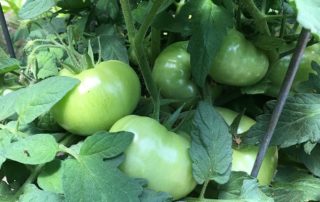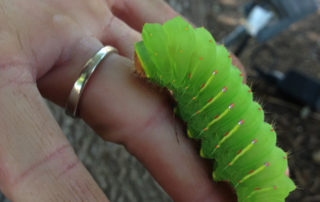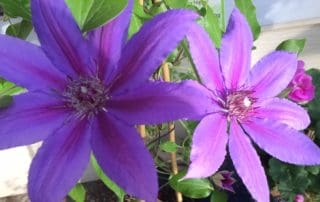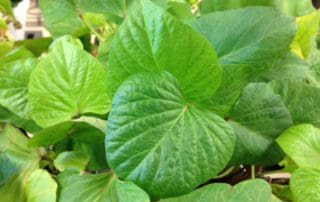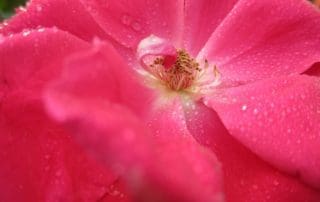Don’t Overlook Ornamental Grasses
A balanced landscape requires many elements, and ornamental grasses are a great choice to fill the need for a structural variation in foliage. While everyone loves the plants that give us color, we also need to “break up” the landscape to avoid monotony, and give texture to our plantings. We have a wonderful selection of native ornamental grasses available to us, and not only do they fill a design void, but they are often quite heat and drought tolerant as well. Be aware of the structural aspect of the grasses [...]



